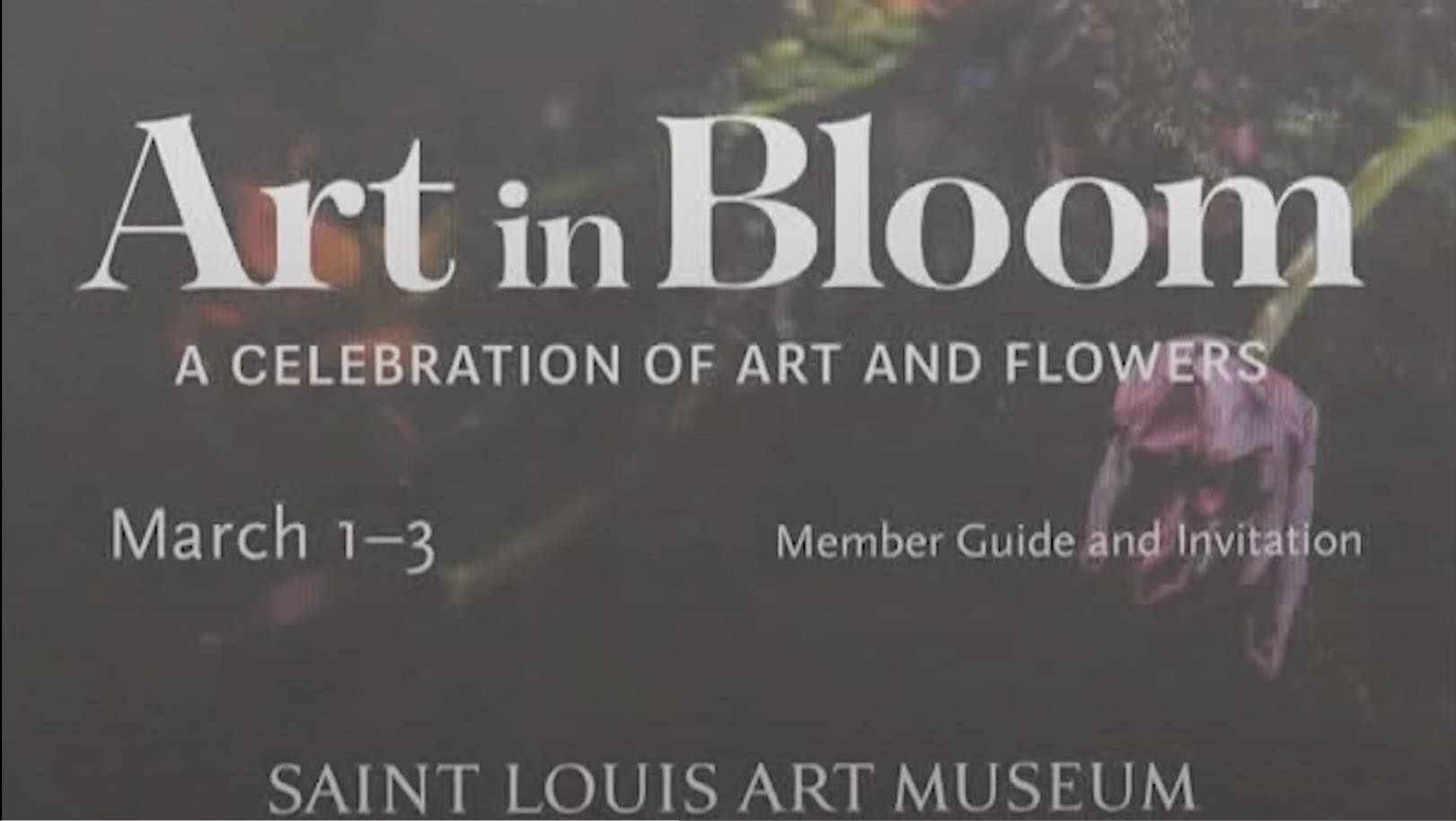Student Stephanie David volunteers for biological science department
By: KATIE LEICHT
Art & Life Editor
Student Stephanie David has a job unlike any other student worker here at Meramec, where she helps Dr. Jason Allen and Matt Bast, both professors in the biology department, take care of the snakes on display in Science West. David aquired this job about a year ago while enrolled in class with Jason Allen.
“I took Zoology with Dr. Jason Allen. One day, it was towards the end of the Zoology class semester and we were in the unit on reptiles and amphibians,” David said. “I had just mentioned to someone that I was sitting next to that I wanted to be a herpetologist because when I move on, I wanna work with animals and center on herpetology.”
Dr. Allen had overheard David so by the end of that class period, he asked her if she would be interested in working with the snakes, David said. Although her position in caring for the snakes is a job, she volunteers her time.
“It’s a volunteer position, I don’t get paid for it, but it’s still considered a student worker job. I basically clean the cages, make sure the snakes are well and alive and I feed them. About two or three times a week, or whenever I can, I come in and just make sure everything is okay, make sure they have their water, make sure they’re clean and various other things,” David said.
David feeds the snakes once every month and sometimes it may vary.
“It’s the way snakes work and their digestive systems, that’s when they need to be fed, around once a month, or even a little longer than a month,” David said.
The snakes are fed small and regular size mice and rats, depending on the snake. Their food is thawed for around 45 minutes, which David also helps take care of.
“Everyone always sees me from the hallways and they get really freaked out,” David said. “The snakes need to eat and thats what they do in the wild.”
David is able to feed, remove and socialize with most of the snakes in the snake room apart from the venemous snakes.
“I am not allowed to do anything with the venemous snakes, like feed them or get them out because of the college and legal issues,” David said. This act is to ensure David’s safety while doing her work inside of the snake room. While accomplishing her tasks in the room, David gets many confused looks through the glass from the other side of the wall.
“A lot of people don’t know we have a snake room and alot of people don’t know that anyone takes care of them other than the teachers and they’ll see me in there working,” David said.When in the snake room, David must sign a sheet dating when she did her duties.
“Because it is all for experience when I move on, I have a time sheet I fill out when I come in and when I leave. I have to fill out what cages I cleaned and on feeding days mark who I fed and who didnt eat,” David said. With the experience of taking care of these reptiles, it will help her for future job possiblities.
“I’m getting experience. It can show that I’ve worked with snakes. And if I want to work at an exoctic pet store, I could show that to them. We have the venemous snakes too,” David said. The fact that David can show she has worked in an envoirment with venemous snakes is some of the best experience one with her plans could get. Although she is working towards her general transfer studies major here at Meramec, her plans for moving on are more centered around what she really wants to do.
“I started in 2014 after taking a year off. When I transfer I will be majoring in biology or zoology,” David said. David wants to attend a school in either Carbondale or Edwardsville for now. Whichever school she ends up transfering to, she wants to study a specific area of zoology called herpetology. A herpetologist is a zoologist that studies reptiles and anphibians, David said.
“I’m still not sure if thats exactly what I want to do, I just know that I want to work with animals,” David said. David wants to stay more focused on helping the reptiles and anphibians in a different sense, not in the area of veternary assisstant or medically, David said.
“I really want to go more into research or helping endangered species. I don’t know if I’ll stay in Missouri or where I’ll go for it; we have the Missouri Department of Conservation that is so great,” David said.
David is not quite sure what she wants to do after she graduates college.
“Well everyone automatically assumes I’ll work at the St. Louis Zoo, I don’t want to just be a zoo keeper. Back in the day, I always wanted to go to Austrailia and work at the Austrailia Zoo, but now I want to stay in the United States, “ David said. As for a dream job, David wants to head for the West Coast.
“My dream would be to go to the coast, San Diego, somewhere on the coastline; I know they have good schooling there. They have the San Diego Zoo and the San Diego Wild Animal Park that my aunt works at. But other than that, I’m still trying to get all of the general stuff out of the way,” David said.Although David does not own any snakes, she cares for them like her own.
“I wouldn’t call them my pets but they’re like my little snake friends,” David said. One of David’s favorite snakes is a California King Snake named “Cali.”
“I have this one snake that I really love, Cali, who I thought was a girl for the longest time, but was actually a guy, who I socialize with a lot and get out because he’s really, really sweet and I just love him,” David said. There are a total of 17 snakes in the snake room, only have the eight on display David said. There are other cages down below the eight that are displayed that cannot be seen from the outside wall, and they are just as well taken care of. There are 13 snakes native to Missouri and four others, David said.
“I just think it’s interesting that we have the native snakes of Missouri on display for education purposes and alot of times we can use them outside of the snake room,” David said. Like Cali, a few other snakes have names as well.
“Most of them have names, but some of them don’t. I didn’t name any of them, but I kinda changed some of their names. The students that worked in the snake room before me named them,” David said. Dr. Allen is the one who got the snake room together and it has been around for many years.
“We used to have, back in the day, aquariums with fish inside the snake room. A lot of people don’t know we have a snapping turtle that a lot of people don’t see; its not on display,” David said. There is a new cage that is now located outside the snake room where a large snake lives in the hallway of Science West.
“We didn’t have any snakes displayed in the hallway because we needed a locking cage so people couldn’t get to them. So another professor made a lid for the cage that locks. Her name is “Big Betty”, she is a black rat snake, and she’s about five feet long. So she was in a smaller cage and now she’s in the big one and she can stretch out, “ David said. The life span of the different snakes depends on the snake species, although they do tend to live longer in captivity, David said.
“They all have different life spans, it depends. We really take good care of them. We don’t have the biggests cages but, we can still take care of them,” David said. “Some people ask or are worried about if the snakes are well taken care of, but they live really long lives here.”
During winter, spring, and summer break, the snakes are continuely taken care of by Dr. Allen and Professor Bast. So at all times, students, staff and faculty can continue to enjoy the presence of the snakes.
“I think it’s just neat that we have them here because a lot of people don’t know anything about them and it helps because people go out hiking and we have the venemous snakes on display, and they can learn about the venemous snakes and know what they look like,” David said.
Luckily, David has never been bitten by any of the snakes held in the snake room. Her love for the snakes makes her lose any fear against them.
“I always get the question, ‘Aren’t I scared of what I do?’ And I’m not scared,” David said.











